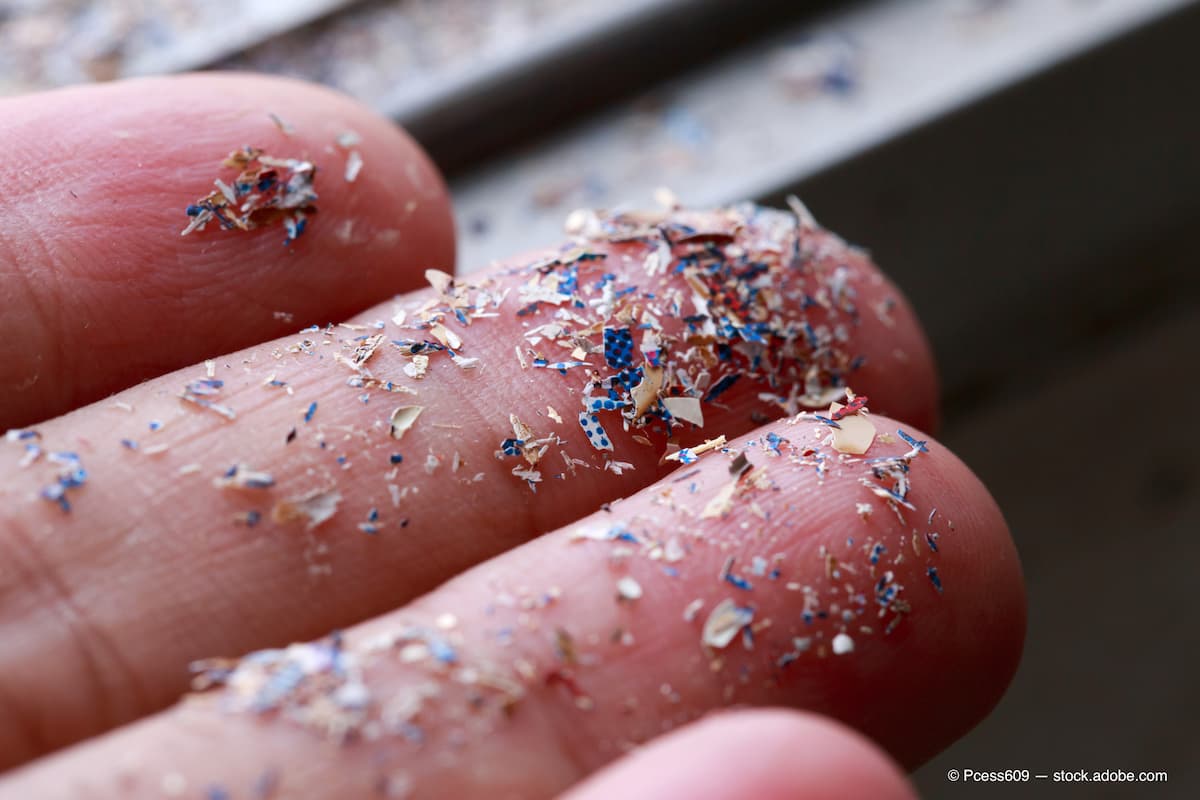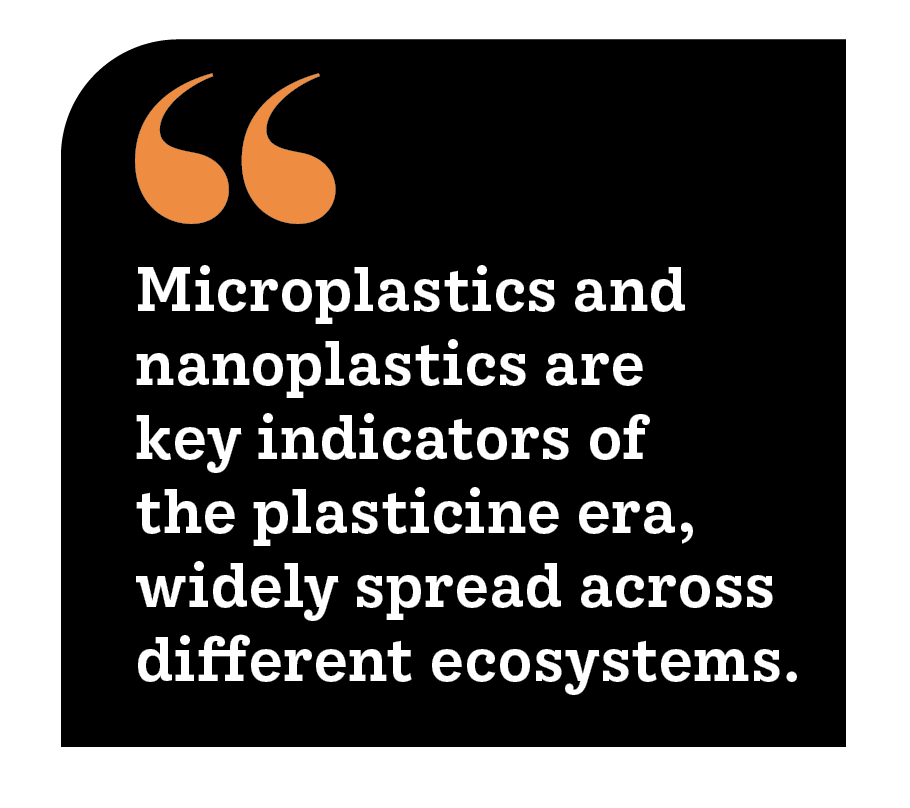- Therapeutic Cataract & Refractive
- Lens Technology
- Glasses
- Ptosis
- AMD
- COVID-19
- DME
- Ocular Surface Disease
- Optic Relief
- Geographic Atrophy
- Cornea
- Conjunctivitis
- LASIK
- Myopia
- Presbyopia
- Allergy
- Nutrition
- Pediatrics
- Retina
- Cataract
- Contact Lenses
- Lid and Lash
- Dry Eye
- Glaucoma
- Refractive Surgery
- Comanagement
- Blepharitis
- OCT
- Patient Care
- Diabetic Eye Disease
- Technology
What are microplastics and why should we care?
These toxic offenders can be found in various pathways and can pollute the ocular surface.
These toxic offenders can be found in various pathways and can pollute the ocular surface. (Adobe Stock / Pcess609)

Microplastics—omnipresent, indigestible, inhalable, and nonbiodegradable—can be found in the air we breathe and the foods we consume. There is possible evidence that these assumed microplastics particles can pollute human serum.1
Microplastics and nanoplastics are key indicators of the plasticine era, widely spread across different ecosystems. Microplastics and nanoplastics become global stressors because of their inherent physicochemical characteristics and potential impact on natural ecosystems and humans.
Humans have been exposed to microplastics and nanoplastics via various pathways, such as tap water, bottled water, seafood, beverages, milk, fish, salts, fruits, and vegetables. Inhalation, ingestion, and dermal exposure-response cause genotoxicity, cell division and viability, cytotoxicity, oxidative stress induction, metabolism disruption, DNA damage, inflammation, and immunological responses in humans.2
There is no single definition for microplastics; however, it is generally accepted that they are fragments of any type of plastic less than 5 mm (0.20 in) in length, according to the National Oceanic and Atmospheric Administration.3 Microplastic particles decompose into nanoplastics, which are synthetic polymers with dimensions ranging from 1 nm to 1 μm.4
Primary microplastics are manufactured in industries as raw materials for other products; others are formed by degradation of existing plastic products such as plastic bottles or bags because of the action of physical, chemical, and biological degradation while others are found in tires, textiles, paints, ropes, and waste treatment. The largest source of microplastics arises from secondary degradation of existing plastic products and waste after natural environmental exposure.5
Microplastics have a high surface area–to-volume ratio and bioaccessibility because of their small size, allowing them to exert effects on human health at a cellular level.6 Microplastics can also act as chemical and pathogen vectors that may exert both toxic and hormonal influences on the human body.7
Although limited studies have been performed on the ocular surface, significant work has been performed in other organs, which may predict the impact of microplastics on the ocular surface. Tissue and cell damage may be caused by (1) inflammation and oxidative damage, (2) microbial dysbiosis, and (3) toxicological effects from additives and sequestrated compounds.8

Microplastics have been retrieved from the surgical environment and are thought to arise from the abundant use of plastics in the health care setting.9 Given widespread reports of microplastics arising from common plastic packaging and everyday items such as bottled water, it is possible that microplastics may be present in eye drops.8,10 This is of concern as patients with chronic diseases—such as dry eye disease and glaucoma— where chronic eye drop instillation is required, may unwittingly expose the ocular surface to microplastics within topical ophthalmic formulations.8
Furthermore, the exposed mucosal tissue of the ocular surface can come in contact with microplastic particles contained in toiletries, tap water, cosmetics, and air. Data from murine models experiments has demonstrated that microplastics can stimulate ocular surface inflammation and damage, induce apoptosis, and reduce corneal conjunctival and goblet cell epithelial cell viability.11,12

The effects of microplastics and nanoplastics on the ocular surface have yet to be determined. Despite ongoing progress, this field remains relatively new and challenges in accurate identification and quantification of microplastics exist.8 Research and further collaborative work in this field are paramount to our evolving understanding of ocular surface disease.
